I have a short — some might say too short — bucket list. One of the few items on it is “experience a total solar eclipse”. I’ve been through a fair number of partial ones, but the difference between “almost hidden” and “completely hidden” is tremendous when you’re dealing with something as bright as the sun. For decades I’ve kept track of the easily-accessible solar eclipses that will occur during the rest of my lifetime. News flash: there are total solar eclipses “scheduled” for the continental United States in 2017 and 2025.
in picture list mode, click an image to open it; in slideshow mode, clicking moves to the next picture
[nggallery id=2 w=400]
But I tend to ignore partial eclipses because, well, they’re partial. Which is why I was astounded to learn, a couple of Council meetings ago, there was a 96.7% of totality solar eclipse coming through Northern California on Sunday, May 20th. Fortunately someone from the San Carlos Library made a public comment about what the library staff was planning for the event.
Being able to drive to a nearly total solar eclipse was an unusual possibility, worth pursuing. So yesterday I drove nine hours, to and from Redding, to be able to watch the eclipse from the “path of (near) totality”. Conveniently, there was a small community and a general store with a big parking lot and a westward-facing view within less than 100 yards of the path along a state highway. Even better, it attracted a bunch of people with all sorts of telescopic equipment, so I didn’t miss out by not taking my own telescope along.
96.7% isn’t totality, and 3.3% of “one sol” is still a lot of light. So much so that the experience was like dusk coming early more than anything else. But you could feel the temperature drop precipitously as the eclipse progressed, and the shadows got very sharp edged. That’s caused, as one of the amateur astronomers on scene explained to me, by the same effect that photographers use to sharpen focus: constricting the portion of the lens that the light travels through, eliminating all but the parallel rays. It’s just generally difficult to be able to “stop down” the sun :).
It was cool to see the disk of the Moon exactly centered inside the disc of the sun, confirming I was, indeed, standing almost on top of the center line. Kudos to whoever designed the iPhone app I used to navigate to the site!
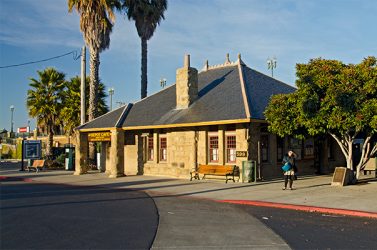
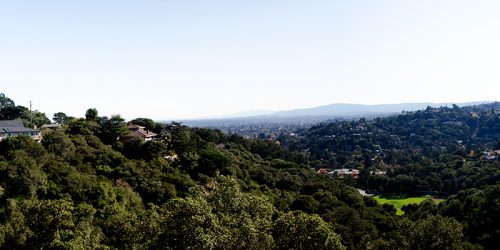
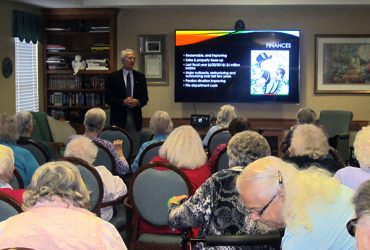
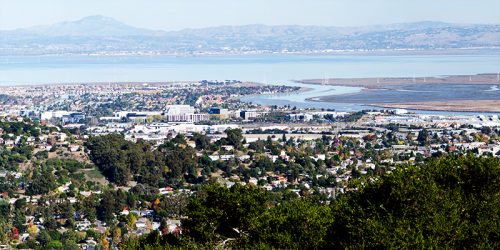
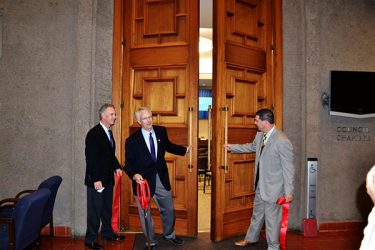
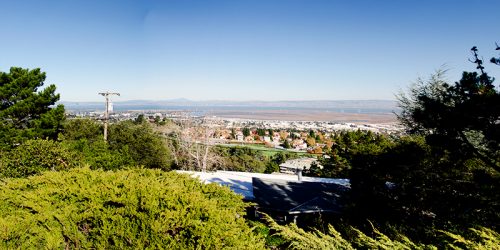

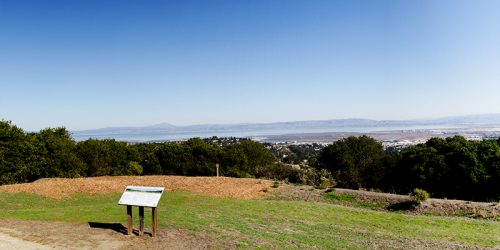
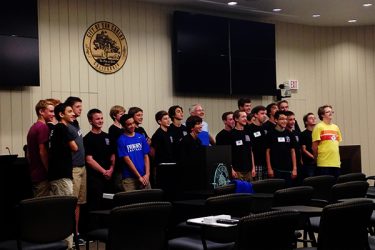
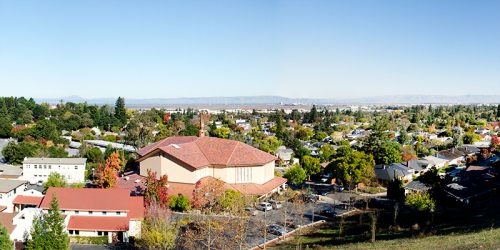
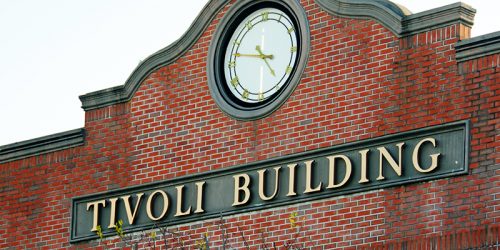
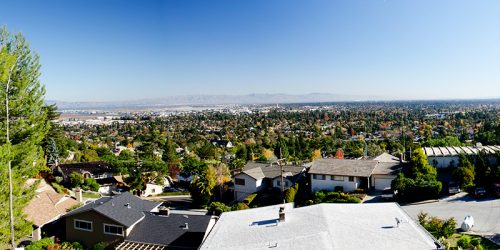
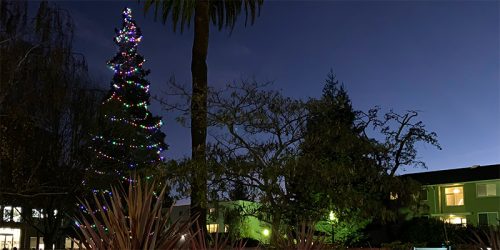
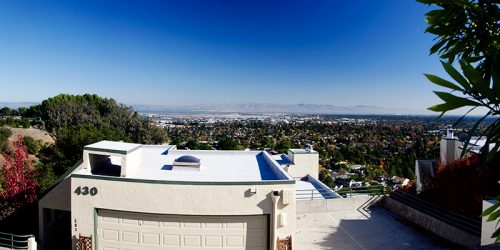
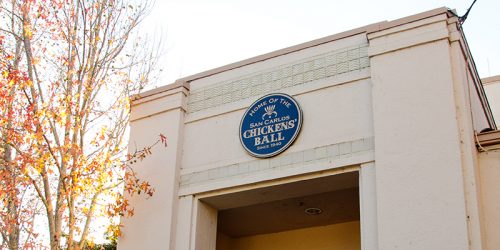
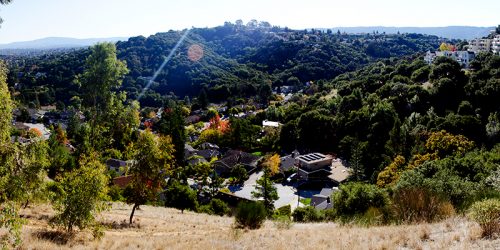
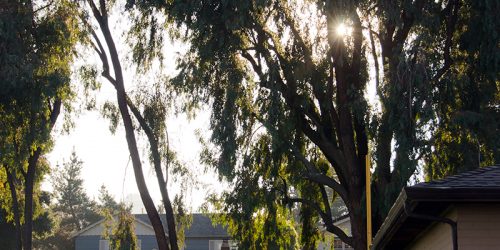
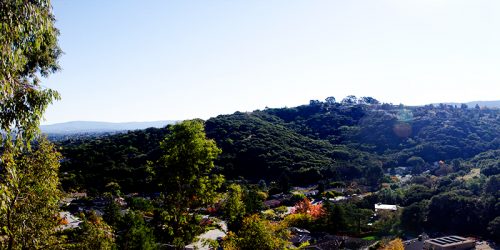
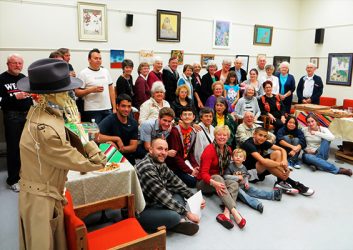
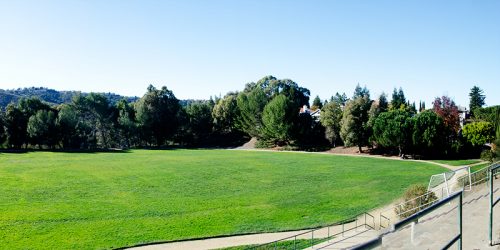
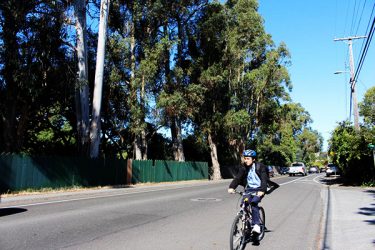
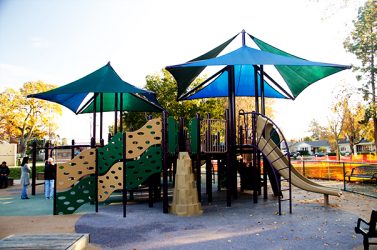
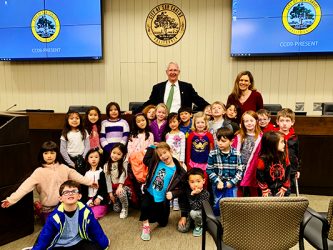
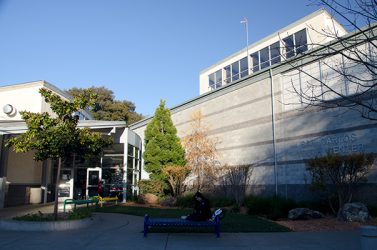

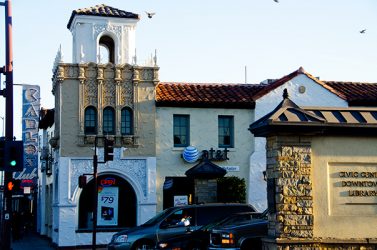
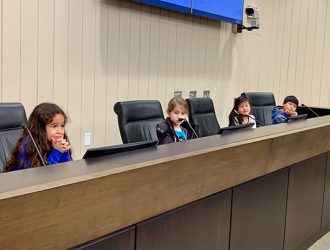

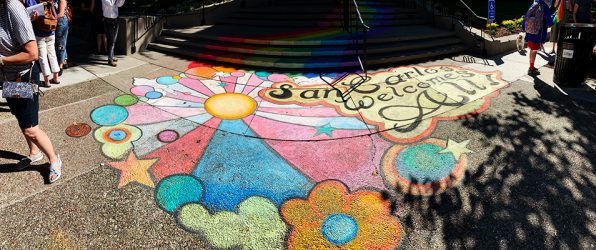
1 thought on “On the Importance of Public Comment”
Pingback: Partial Solar Eclipse: May 20, 2012